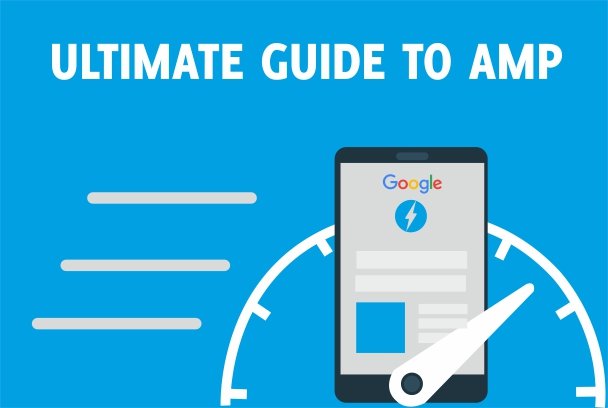Mobile First Indexing- A whole new way to use websites

Google never fails to amuse us with its life-changing creations; Started as a small company and now holds most of the power of the Internet. Google has added a whole new concept in the field of website development known as Mobile First Indexing. This is another step by Google to make the Internet more mobile friendly.
The meaning of this concept is in its name, Mobile Fist Indexing means that the mobile phone version of your website will get more priority than the desktop version of the website in the Google index and the ranking of your website will be calculated accordingly. Mobile First Indexing doesn’t mean that the desktop version of the website won’t get a position in the Google index. It means that if a website has both a desktop version and a mobile phone version then the mobile phone version of the website will be indexed first.
This concept will change the way we create our websites for desktops and smartphones. As the mobile version will become the primary version of the website, the mobile websites will become more user-friendly and responsive than before. This will improve the performance of your website plus its ranking on the Google index.
For those who don’t understand this concept fully, there is no need to panic. Google itself owns a lot of websites and knows the impact of Mobile first Indexing on small websites. This concept is in the early stages of testing and is implemented to only those websites which Google consider to be ready enough for the change and cause minimum impact after the change.
Google also released some guidelines according to which if your website is responsive enough or the desktop and mobile versions of your website are identical then you don’t have to do anything different on your website, your ranking will remain almost same.
If you have a separate mobile version of your website then you should check for the following:
1. Structured Data
The structured data markup should be same on both desktop and mobile version of the website. The URLs which are present in the structured data of mobile pages should be the mobile phone version of the URLs. Avoid adding irrelevant structured data to the content of the page.
2. Content
Always make sure that the content which is present in the desktop version of your website should be present in the mobile version. The text, images, and videos should be arranged in the same manner as it was in the desktop version. The formats used in the mobile version of the website should be crawlable and indexable.
3. Metadata
You must ensure that the titles and Meta description on both versions of the website should be equivalent. The guidelines say that that should be equivalent, not identical this helps you in optimizing your mobile titles for shorter character counts. But make sure that the relevant keywords are included in both titles.



